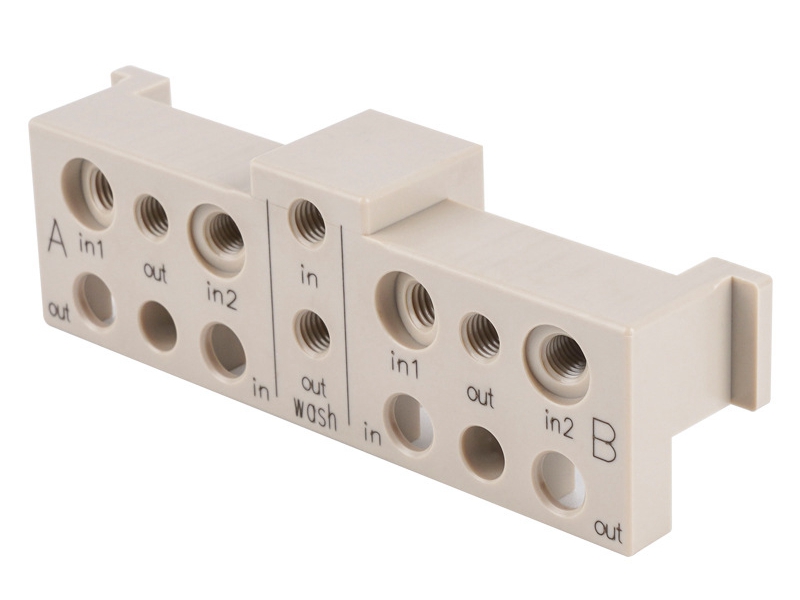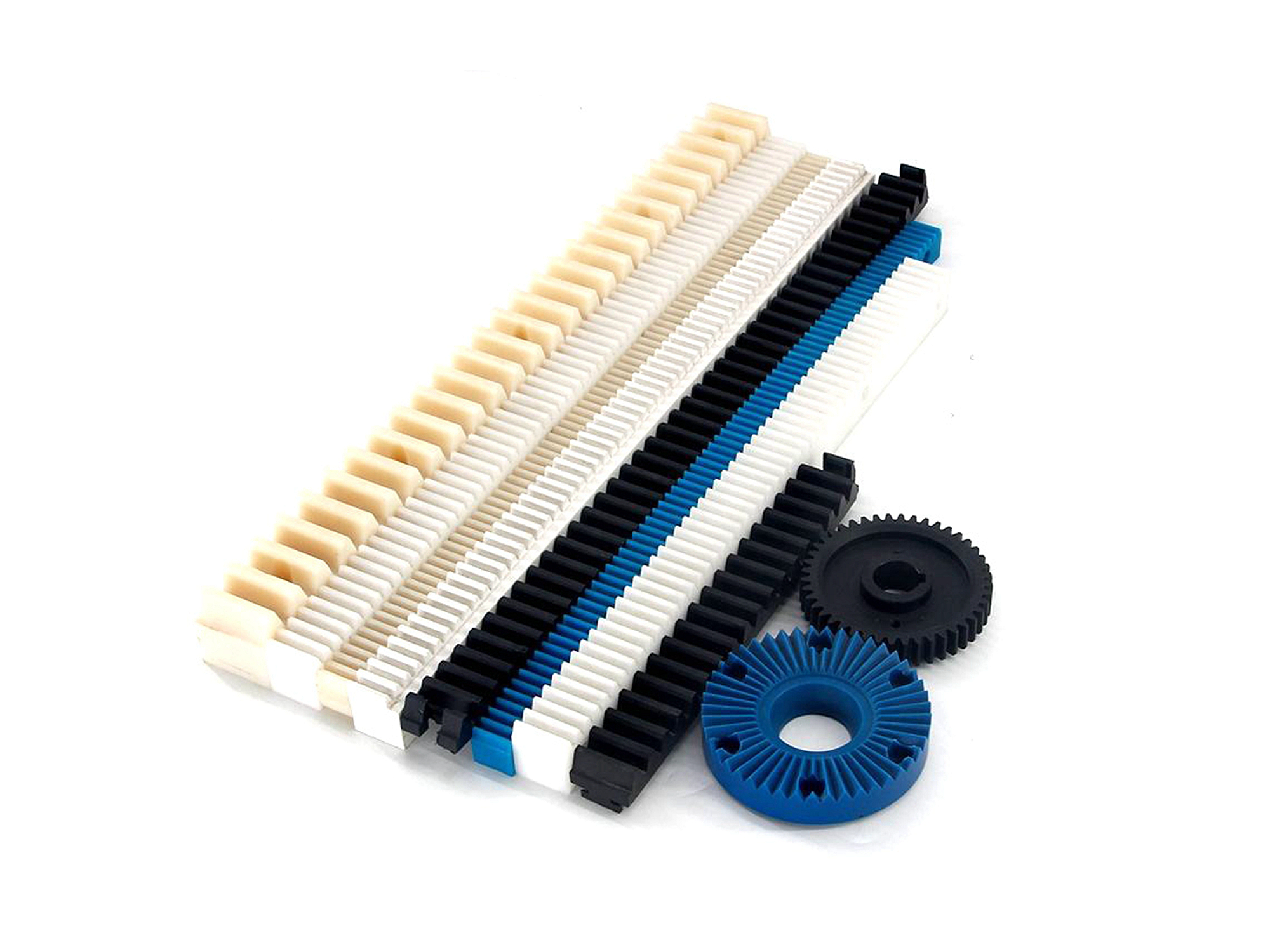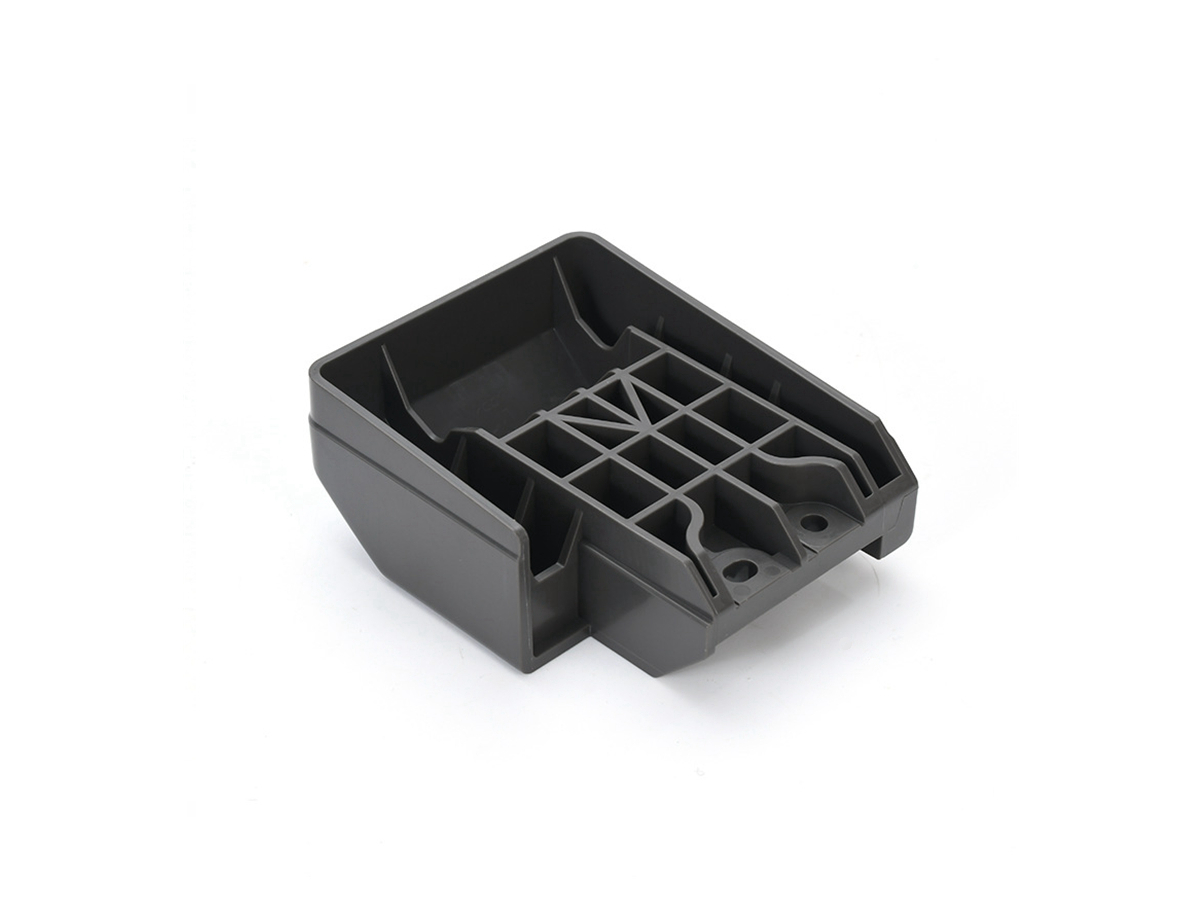If melting and built-up edge occur during machining, which parameters should be adjusted first?
If melting and built-up edge occur during machining, which parameters should be adjusted first?
When both melting and built-up edge (BUE) occur simultaneously, it indicates a critical imbalance in heat management at the cutting interface. BUE forms when workpiece material welds to the cutting edge, while melting suggests excessive frictional heat. The primary parameters to adjust first are those that immediately reduce heat generation and restore proper chip formation. At Neway, our approach prioritizes a coordinated adjustment of feed and speed to break this destructive cycle.
Immediate Parameter Adjustments
1. Increase Feed Rate This is often the most effective first step. A low feed rate allows the tool to rub instead of cut, generating excessive heat that softens the material and promotes adhesion to the cutting edge. Increasing the feed rate creates a thicker chip that carries heat away more efficiently and helps to fracture and peel away any existing BUE. This principle is critical in our CNC Turning and CNC Milling operations for gummy materials.
2. Reduce Spindle Speed (RPM) High spindle speeds directly contribute to frictional heat. While increasing feed addresses rubbing, reducing speed directly lowers the cutting temperature, making the material less likely to soften and weld to the tool. This combination of higher feed and lower speed is a proven strategy for managing difficult-to-machine materials like certain aluminum alloys or stainless steels.
3. Ensure Aggressive Coolant Application Verify that coolant is reaching the cutting edge at high pressure and volume. Effective coolant serves two purposes: it reduces the overall cutting temperature to prevent melting, and it helps to prevent the microscopic welding that causes BUE by creating a barrier between the chip and the tool. Through-spindle coolant is highly effective for this.
Tooling and Geometry Considerations
• Tool Sharpness & Coating: A sharp cutting edge is non-negotiable. A worn tool drastically increases cutting forces and heat. For materials prone to BUE, an uncoated or a polished, sharp tool with a smooth finish can sometimes prevent adhesion better than a coated one. For heat-resistant superalloys, our Superalloy CNC Machining Service utilizes specific tool geometries and coatings to manage these challenges.
• Tool Material and Geometry: Use a tool material with high hot hardness. A positive rake angle and polished flutes reduce cutting forces, facilitating smooth chip flow and minimizing the likelihood of material adhesion.
Practical Troubleshooting Sequence
1. Stop and Inspect: Immediately stop the process, retract the tool, and inspect for BUE. Remove any adhered material.
2. Adjust Parameters: Implement the primary adjustments: increase feed rate by 20-30% and reduce spindle speed by 15-25%.
3. Verify Coolant: Confirm coolant nozzle alignment and pressure.
4. Test Cut: Perform a test cut and observe chip formation. Aim for a well-formed chip that is warm, not hot to the touch.
5. Fine-Tune: If the problem persists, consider a sharper tool or a more specialized tool geometry. For complex parts, our Precision Machining Service excels at diagnosing and resolving such thermal-related issues.



